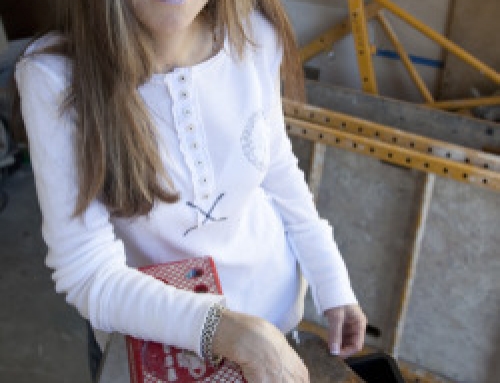Painting your bedroom fiery red to welcome the cheery holiday season may sound like a festive idea, but it could possibly put a damper on your sleep.
READ: Outfit Your Bedroom for a Better Night’s Sleep
Many experts believe that the shades you use for your home can also impact your well-being, as well as the well-beings of those within your space.
“Room color, particularly in your home, can dramatically affect moods, feelings and emotions,” explains psychiatrist Dr. Julia Shugar of Creedmoor Psychiatric Center in New York. “When it comes to decorating, it is important to choose wisely. Of course, perceptions of color are somewhat subjective. Your feelings about color are often deeply personal and rooted in your own experience or culture.”
While everyone has their own personal takes on color, finding the right shade for your home means more than just picking up any bucket of paint that looks appealing. Experts say it’s just as important to truly analyze how a color makes you feel, rather than sticking to design trends.
“Emotional responses to color depend on their saturation and brightness, while cultures have association to particular hues,” explains Dr. Sally Augustin, a fellow at the American Psychological Association. “Colors that are less saturated and relatively bright, such as sage green, are relaxing to look at. Meanwhile, colors that are saturated and not very bright, like a rich sapphire blue, are energizing to look at.”
Think that red still looks good? Don’t pick up the roller quite yet. Several experts weigh in on which colors can possibly bring out the best (or worst) in you and your home:

















